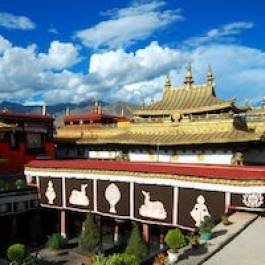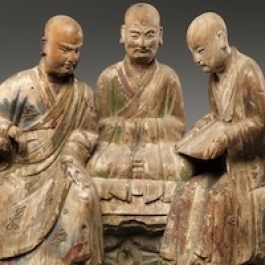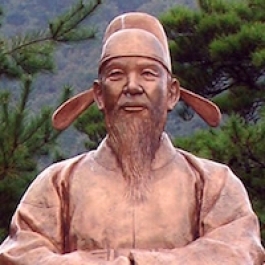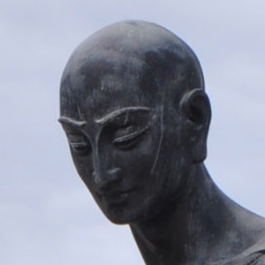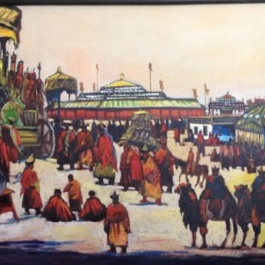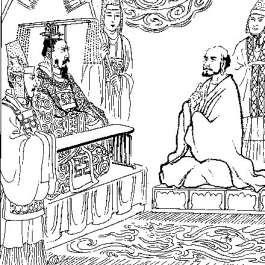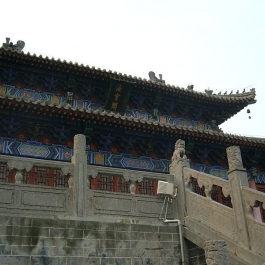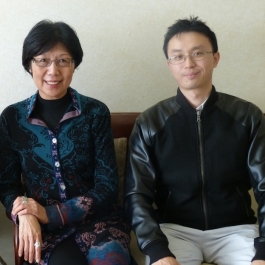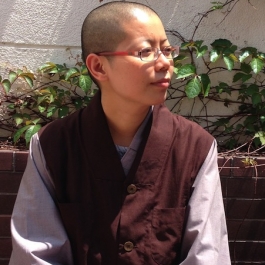FEATURES
Showing results for "chinese history"
The race against time to conserve Tibetan Buddhist art
Uploaded 10 Mar 2017
A deeper examination of Buddhist statuary in Chinese history
Uploaded 27 Jan 2017
A superlative examination of a fierce philosophical debate
Uploaded 6 May 2016
How the life of Dao'an reflects the transmission of Buddhism to China
Uploaded 11 Mar 2016
There are few better examples of the Mongolian Buddhist heritage than Ikh Khüree, known today as none other than Ulaanbaatar itself, the country’s capital. A seamless fusion of nomadic prac
Uploaded 6 Feb 2015
A scholar visits the world of Northern Wei female patrons
Uploaded 1 Jul 2014
Every now and then, one encounters an item of human culture that is so striking and poignant that one sincerely believes there is nothing else in the world’s museums like it. Two of these remarkable i
Uploaded 15 Apr 2014
The common narrative of Chinese dynastic history is a story of the “sons of heaven” (tianzi 天子): great men (and one woman, Wu Zetian) who enforced the Mandate of Heaven until they lost it and were ove
Uploaded 12 Mar 2014
He came from ArsakesHe came, his camel’s bells jingling, Eastwards from enigmatic Persian lands. He descended from his royal throne, Sparrows twittering as his brick-red robe fell acr
Uploaded 14 Feb 2014
Beauty can serve a spiritual purpose. Presented in the right way, beautiful art can induce in its viewers faith and reverence in the Buddha and his teaching. To present a Buddha image or Buddhist art
Uploaded 22 Jan 2014
E.M. Forster, when discussing novels, observed that the narration of “the king died and the queen also died” was a fact, but “the king died and the queen died of sadness” was a
Uploaded 1 Nov 2013
